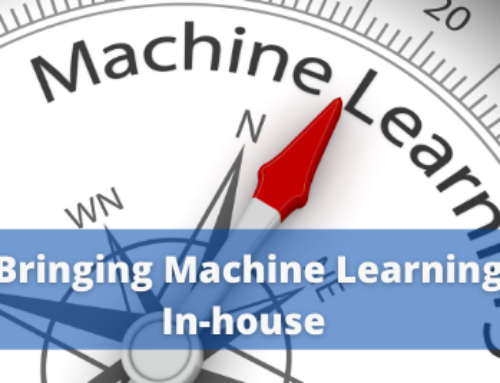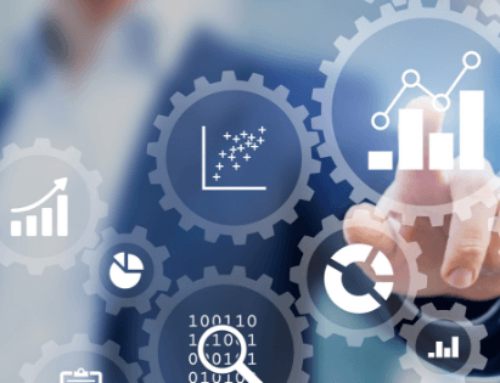Several months ago, we had a client approach us with a challenge that has become all too common among organizations of all sizes. This client, a major not-for-profit organization that advocates on behalf of its members, was looking for a way to improve the efficiency of a segment of their direct advertising programs through enhanced analytics and automation. By identifying and using indicator data, such as geo-demographic and historical targeting data, we were able to create adaptable predictive models to improve their acquisition rate by more than 90%, while lowering their acquisition cost at the same time. Read the full story here
This example serves to illustrate how data can be leveraged to achieve measurable business outcomes. The concept can be overwhelming, though. Where do you begin to find the data that is relevant to your objectives? How do you aggregate the data into digestible, workable formats? And perhaps most importantly, how do you build scalable, repeatable processes to optimize your work?
What is data democratization?
As technology advances provide access to data to more people, the challenge of sifting through vast repositories of information to find actionable insights has expanded beyond the IT department. Marketers, finance experts, client support advocates, and virtually every constituent in an organization, have grown increasingly reliant on data to guide and support their decision-making processes.
This data democratization has made it easier than ever before for anyone to collect and analyze data. As a result, advanced analytics is no longer only accessible to large companies with large budgets, nor is it a responsibility reserved strictly for IT personnel or data scientists. The rapid digitization of information is arming anyone who is interested in the power of data and advanced analytics.
Advanced analytics is no longer only accessible to large companies with large budgets, nor is it a responsibility reserved strictly for IT personnel or data scientists.
What does more accessible data mean for nonprofits?
In today’s evolving world of communication and marketing, nonprofits face new challenges. Marketers everywhere must be smarter about their marketing—identifying prospective donors, reaching them through their preferred channels, and delivering relevant, personalized messages. Gone are the days of marketing to anyone and everyone. The foundation for more intelligent campaign strategy begins and ends with data.
How to prioritize and implement data-forward strategies
Budget cutbacks and missed revenue targets are two of the top challenges for nonprofits. (See this article) The use of advanced analytics is a solution to these problems, but you have to be committed and ready to invest.
Define measurable objectives
As we saw in the example at the beginning of this article, the most effective campaigns start with clearly defined, measurable objectives. (Hint: Try to narrow your scope. Goals that are too general or broad tend to leave room for wandering.) Before you begin to push the accelerator on your campaign, it’s crucial to ensure alignment and buy-in on your stated objectives among leadership and stakeholders.
Look for indicators and opportunities
Once you’ve identified your objective and established a baseline, you can start to look for signs within your historical data that align with your goals. For example, perhaps there are relevant pieces of geo-demographic data that correspond to a higher propensity to give. Or it’s possible that there are established seasonal trends in your supporter’s giving patterns. When you have one or more indicators to work with, you can begin to parse that data alongside other internal and external data sources to identify opportunities and build predictive models.
Invest in technology and expertise
While the democratization of data is empowering more people to execute on data-driven strategies, there remains a wide gap in the sophistication capacity required to plan and scale these strategies properly. Partnering with an advanced analytics solution, like Lityx, empowers every level of your team with the ability to leverage predictive analytics, optimization, and automation.
For more information on predictive analytics check out Nonprofit Advanced Analytics.

